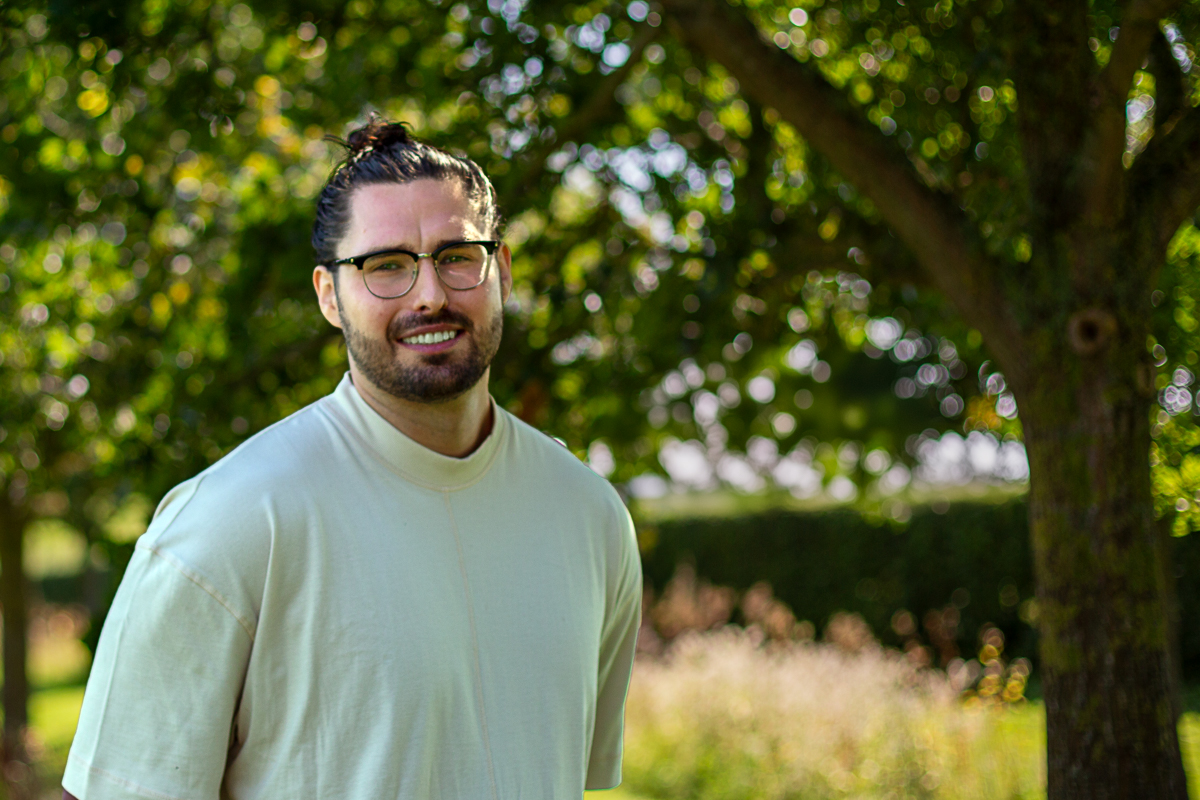Daniel Tchemerinska Konieczny - PhD Scholarship 2024
Project summary:
Outcome prediction for cardiac arrest
Every year in Denmark more than 1000 people suffer a cardiac arrest outside of the hospital, often resulting in brain damage due to a lack of blood flow. Outcomes vary greatly from no symptoms to brain disability or even death, yet it is still notoriously difficult to predict. Using machine learning and advanced neuroimaging, I aim to examine improvements to the current paradigm for outcome prediction to the benefit of the patients and their families.
Project Title
Outcome prediction for cardiac arrest
Background
Brain damage due to the lack of blood flow after a cardiac arrest is a leading cause of mortality and long-term or chronic neurologic disability in survivors of such an event. Most of these patients arrive at the intensive care unit in a coma, after which they can be split into different categories. A key challenge is to predict the end degree of disability as well as the expected benefit of rehabilitation or continued life-sustaining therapy.
Aim
Current outcome predictors include age, duration of the lack of blood flow to the brain, motor reflexes, and electric activity in the brain, whereas neuroimaging is not routinely applied. Recent studies have shown promising results using so-called diffusion weighted imaging with simple statistical models. I therefore aim examine possible improvements using more advanced metrics and machine learning.
Methods
I will recruit 60 cardiac arrest survivors annually from Aarhus University Hospital over a 2-year data collection period using specified inclusion criteria. They will undergo a standard brain magnetic resonance imaging sequence as well as a high-quality diffusion weighted one, and I will also gather diverse data about their outcome, for instance, about their cognitive state. With the data collected, I will create an optimized predictive model.

Daniel Tchemerinska Konieczny
- Cand.med.
- Aarhus University, Center of Functionally Integrative Neuroscience
Main supervisor:
Kristian Sandberg, Assoc. Prof, Center of Functionally Integrative Neuroscience, Aarhus University, Denmark
Co-supervisors:
Christian Lambert, Principal Research Fellow, Wellcome Centre for Human Neuroimaging, University College London, United Kingdom
Melanie Boly, Assistant Prof., Department of Neurology and Department of Psychiatry, University of Wisconsin, Madison, USA